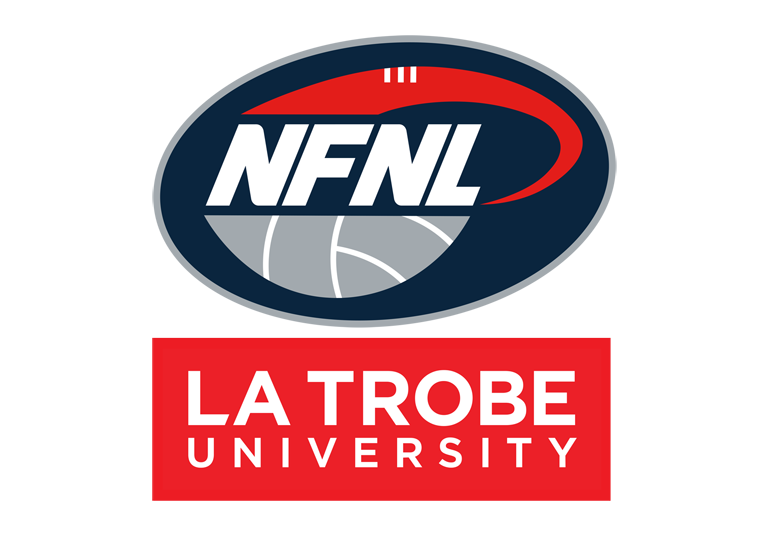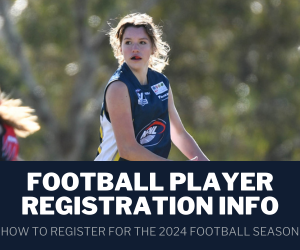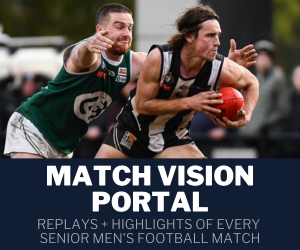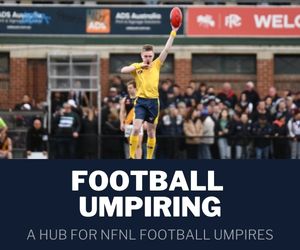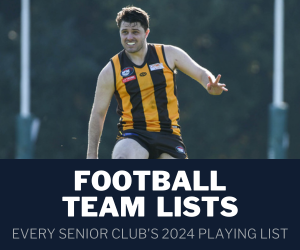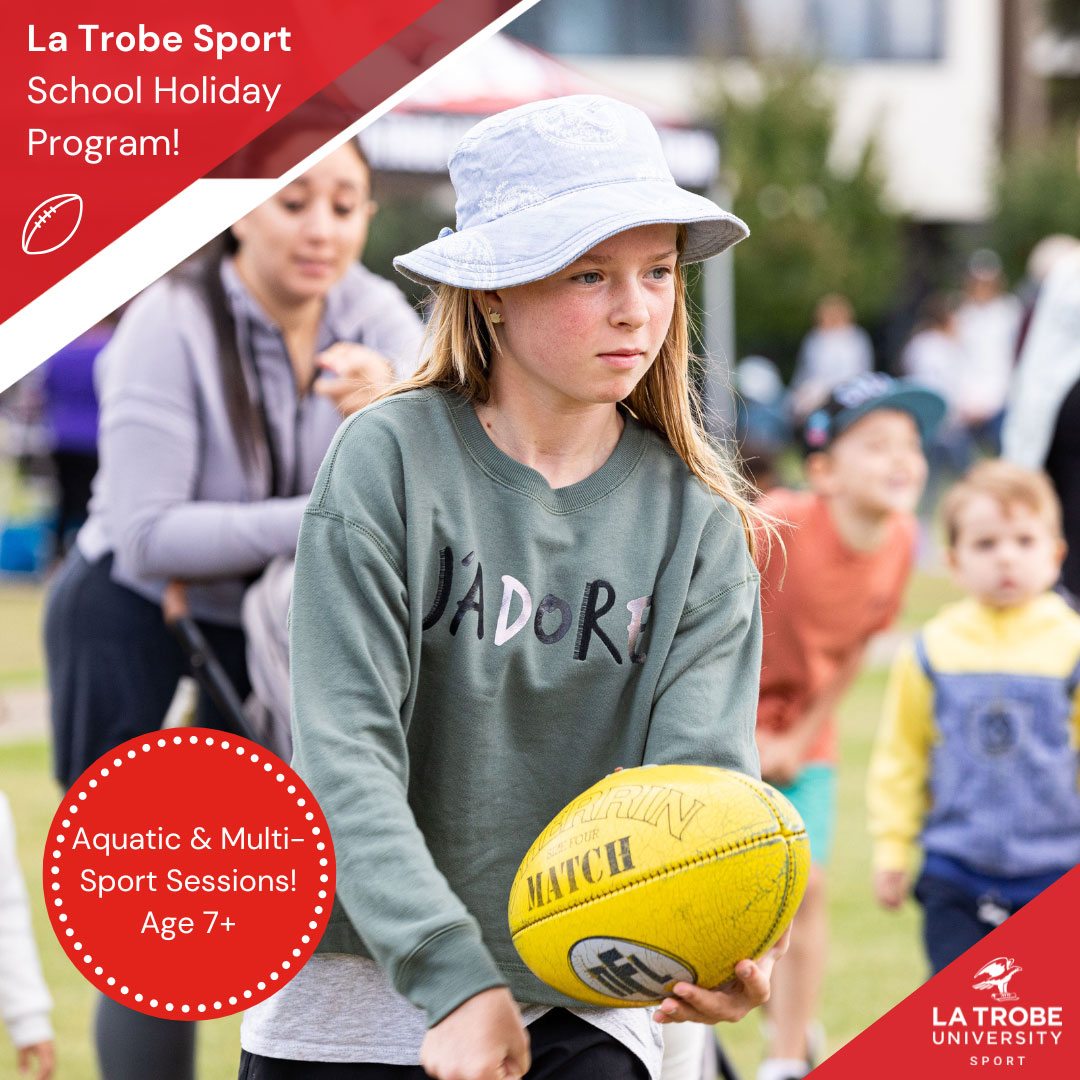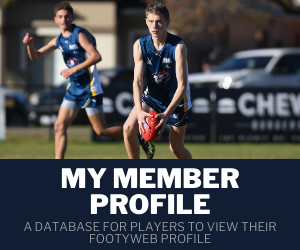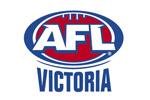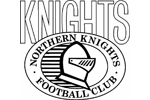THIS Sunday sees the U/9s commence with a split round, and all games will be played at Barling Park. The purpose of this is to educate all players and officials on the best way to conduct the new format.
The new junior rules have received great attention over the past week and to assist with the education of the new rules, I have listed below some frequently asked questions (FAQ) to help everyone understand why the rules are being implemented.
All NFL clubs have been extremely supportive of the new rules, many clubs have been trialling the rules over the last few weeks, and the feedback from clubs has been overwhelmingly positive.
Core Message: The AFL’s Junior Football Match Guide is a framework that aims to provide the best possible journey for young players to progress their learning and development towards the adult version of the game. It seeks to ensure a quality environment exists whilst maximising the enjoyment, fun and development of young players. We believe a safe, positive and progressive introduction to the game is much more likely to attract and retain young players of all abilities.
Context: The AFL revamped junior laws when the Junior Match Policy was released in 2008 and have revised it for re-release in 2014. This has come off the back of a two-year research project with Deakin University and extensive stakeholder engagement with State bodies and junior leagues around Australia.
Re-release: With its re-release, the Junior Football Match Guide aims to: ensure that junior football is delivered in a uniform manner across all States; provide clear direction to leagues and clubs for the provision of appropriate pathways for all boys and girls in safe, enjoyable and accountable environments; maximise the recruitment and retention of players and umpires through programs and match rules appropriate to each age level; provide a participation pathway that considers the following principles – comprehensive (levels of participation that link), inclusive and equitable (accommodates all young people), coherent (prescribes links between levels), developmental (meets children’s needs) and informed (by research and practice).
Junior Football Philosophy: We don’t want to put kids in adult environments too early and that includes large grounds, congested play, unnecessary physicality and an over-emphasis on winning. Our philosophy is: smaller fields and reduced numbers; a phased approach to scores, ladders & finals; a sequential approach to tackling and contact.
We want kids to progress through 3 phases as they develop their skills and ability: NAB AFL Auskick (introductory); U9/U10 (development); U11/U12 (competition).
So what has changed? Not much really. The research told us that our junior rules framework is good for the game.
Specifically: We have actually softened our position scores, ladders and finals which have shifted from U12s to U11s. We have also done the same with tackling and contact which used to prescribe modified practices until U13s (now U11s). We have been more prescriptive in terms of player numbers and ground sizes at each age progression.
Why take out Scores, Ladders, Finals & Best players at U10s? Fundamentally it is a rule to support coaches and umpires – there is no pressure on to win games, and to have a positive effect on parents and spectators – focus shift to participation for all away from winning premiership flags. We know the kids are aware of the scores but we also know the main drivers for their participation is to have fun and playing with their friends.
So why not full tackling until U11s? During the development phase, we want to give every child the opportunity to develop and execute their skills following a recognised skill development model under match conditions appropriate to them.
Why make the grounds smaller and reduce the numbers? Kids cannot kick as far, run as fast or process the same level of match information as adults – so why make them play on the same size field? We want to take away the emphasis on endurance, reduce congestion and ensure kids are more engaged in the game.
Kids “want” V “needs”: Often kids want to do things they see teenagers or adults doing. This is no different for junior players playing football. They “want” to emulate the stars they watch at an AFL game, or who they see playing on TV. Like a lot of things kids “want”, it is the role of parents to take a responsible attitude and decide what the “needs’ of the child are as opposed to giving in to “wants”. This scenario is the same when arranging junior football.
Policy V Framework: This is a framework and a guide for the best possible conduct of the game. Whilst leagues do not have to adopt its recommendations, we strongly recommend that they do.
Ongoing research: We are currently working on a methodology with Deakin University to continue our research to ensure we have the best possible model for kids, parents, coaches, umpires & administrators. More details can be found at  www.playafl.com.au.
www.playafl.com.au.
See you at the footy.
Peter McDougall
Chief Executive Officer




